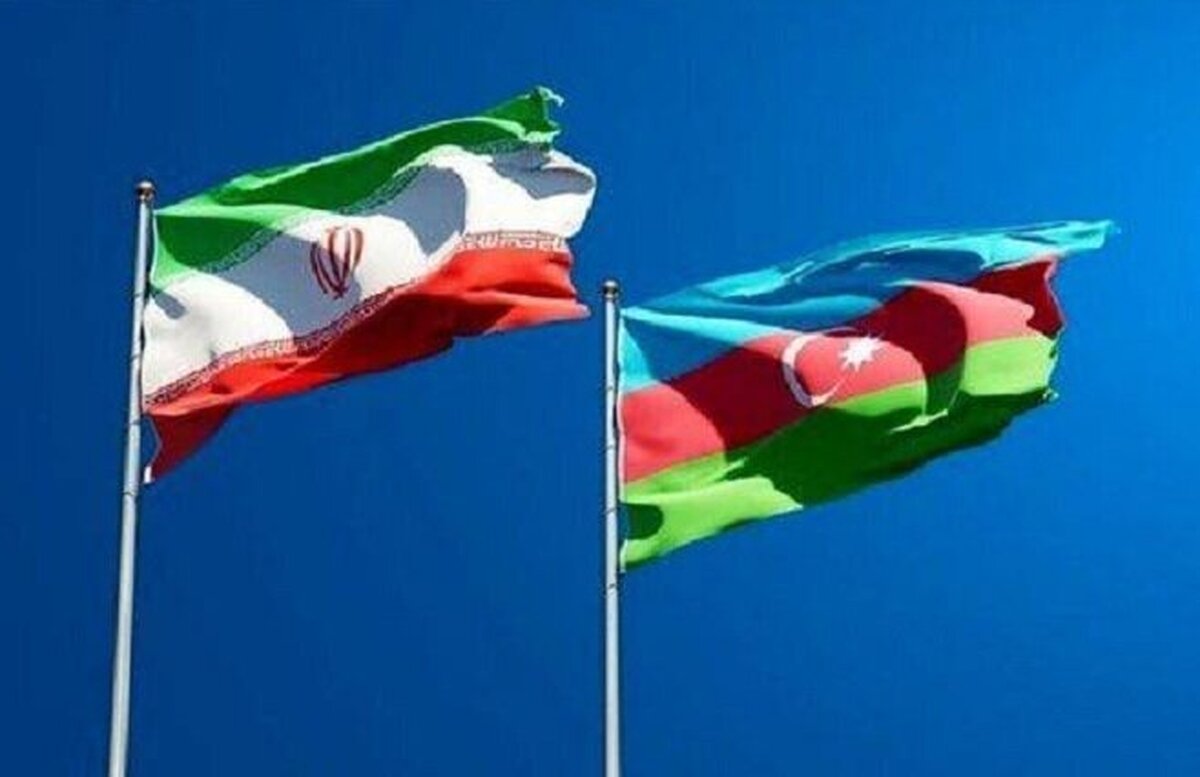
Economic Players Dispute Official Statistics
EghtesadOnline: Economic players have to consider a large margin of error if they are to use official statistics, a member of Tehran Chamber of Commerce, Industries, Mines and Agriculture said.
Referring to the recent comments of a senior official with the Ministry of Cooperatives, Labor and Social Welfare, who put Iran’s poverty line at 40 million rials ($143) for a four-member household, Mehrad Ebad added that the remark is in stark contrast with previous statistics, ILNA reported.
A transcript of his statements are translated as follows:
In Iran, there is no accurate statistics on any subject. All numbers, including those on poverty line, suffer from a large margin of error.
At the current cost of housing and food, it seems that the poverty line is much higher than the official figure.
Forty million rials per month is more like a “death line” rather than a poverty line.
We have recently seen a lot of contradictory statements. Different governmental organizations make made diverse statements which at times lean toward radicalism and populism. In general, there are no accurate statistics in our economy.
One of the most important statistics that a businessperson needs is import and export data, which have not been made available in the last few years. Some data have been released recently, but they are not accurate.
The official sources of publishing statistics in Iran are two institutions [the Statistical Center of Iran and the Central Bank of Iran] whose figures are often contradictory.
Stability is of key importance to a businessperson so that they can plan ahead. Accurate statistics are needed for making plans. Exporters can hardly obtain information and statistics they need.
Economic players active in the fields of production, import or export no longer trust the statistics published in recent years. They have to consider a large margin of error, if they are willing to use available statistics. We have relatively accurate statistics in a small number of sectors, for example we can refer to the statistics published by the National Organization for Civil Registration, which are somewhat reliable. But such statistics are not enough to help economic players in various fields.
Imagine that one seeks to produce oxygen and nitrogen. They really can’t find reliable statistics on how many producers of oxygen and nitrogen there really are, or how many licenses have been issued in this field.
Due to the lack of this information, we see that many have impulsively entered this field while there is no demand for their products. Those who started producing oxygen following the outbreak of Covid-19 now can’t sell their products since they relied on inaccurate data. Those who are cautious don’t trust official statistics.
No Correspondence With Economic Realities
On the 40-million-rial poverty line, Abbas Argon, a member of Iran Chamber of Commerce, Industries, Mines and Agriculture says there is no correspondence between this figure and economic realities.
“In view of the current inflation, setting a 40-million-rial poverty line for a four-member household is more like a joke. Today, a loaf of bread costs 50,000 rials (17 cents), besides other expenses such as transportation, energy and rents,” he said.
“Statistics provided by the Central Bank of Iran or the Statistical Center of Iran must be used as the criteria for determining the poverty line.”
Stressing that there are differences between the figures provided by these two institutions, Argon said, “A reliable decision is one that is based on valid information. Inaccurate data can lead to wrong decisions. Therefore, the most important part in decision-making is having access to error-free information and statistics.”


